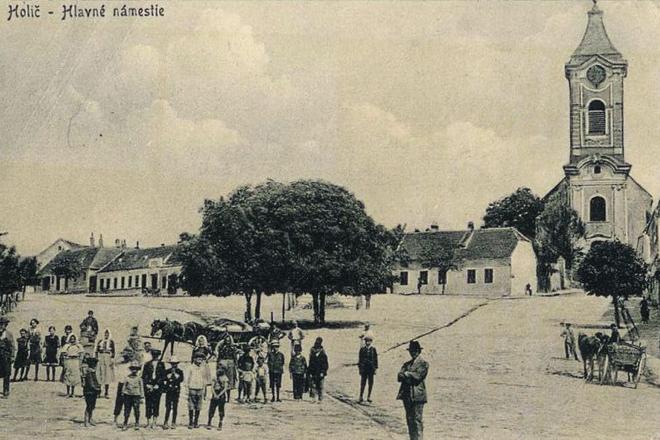THE SQUARES of towns and also their streets usually give the impression of being bigger in old photos than they are today. The clue to this mystery is simple: there were no cars then. Thus, we can also see the cobbles and lower parts of houses in old photographs.
Instead of cars, their forerunners filled urban streets: horse-drawn wagons and carriages. In this postcard from the period immediately after World War I, we see two wagons pulled by horses.
Wagons were once the most important means of transporting goods, together with wooden rafts. This was true not only in Slovakia, but also in neighbouring countries. In several areas here, specialised groups of men called furmani (wagoners) dealt with horse-drawn wagons and transported goods as well as sometimes people. In the Horehronie region, whole horsemen’s villages existed.
By the end of the 19th century, the wagoner’s profession had become a craft. Wagoners specialised mainly in delivering fuel to offices, or in moving people from one place to another. “Furmani” from some regions also travelled abroad and thus secured the import and export of various goods to and from Slovakia.


